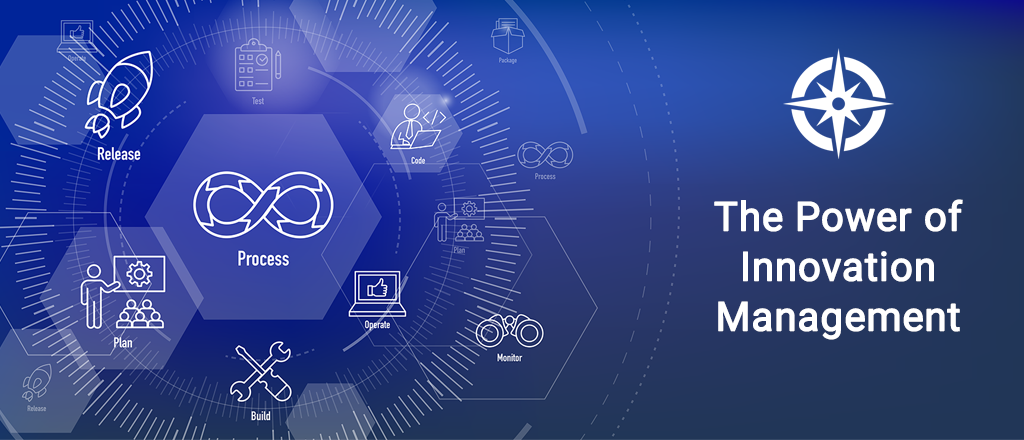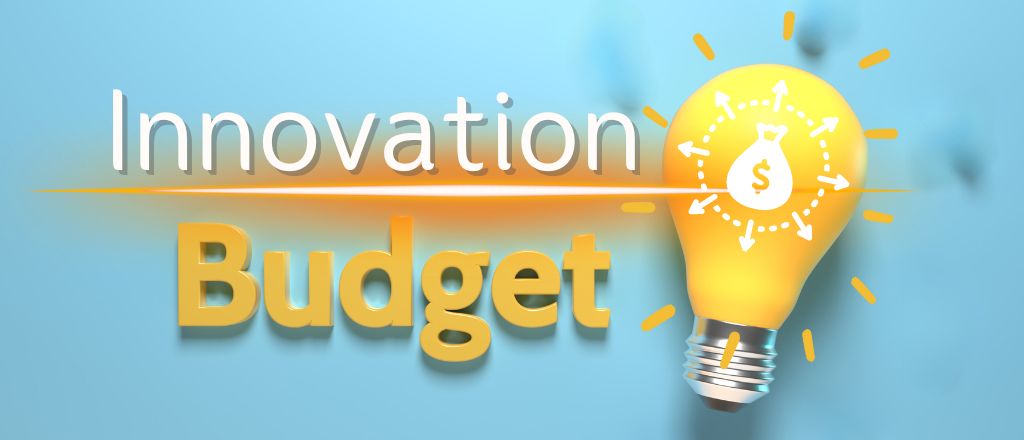Ezassi vs Big 4 Consulting
Big Consulting Houses vs. Boutique Firms for Innovation The Costs and Risks of Making an Uninformed Choice We all know, and possibly worked with the Big 4 consulting houses, which
Big Consulting Houses vs. Boutique Firms for Innovation The Costs and Risks of Making an Uninformed Choice We all know, and possibly worked with the Big 4 consulting houses, which

Thriving companies don’t sit back and enjoy their success; they are constantly innovating. It is not always the sensational, market-shifting, disruptive innovations that companies invest in, but the commitment of

Bringing a groundbreaking idea to life is an exhilarating journey, but it’s also one that requires strategic execution. Whether you’re a startup founder, R&D leader, or innovation manager, the transition

Future Technology Assessments for Industry Series An Analysis of the Technologies Transforming the Business Landscape In much the same way that Gutenberg revolutionized knowledge dissemination employing machine efficiency, today’s technological

Embracing Disruption: How Companies Can Thrive Amid Economic and Geopolitical Uncertainty In today’s global business landscape, uncertainty has become the new normal. Economic fluctuations, geopolitical tensions, and technological disruptions are

Prepare for 2025 Innovations Maximize Your Year-End Budget with Technology Discovery Reports As we approach the end of 2024, many organizations are faced with the familiar challenge of allocating remaining

As we move towards the final quarter of 2024, it’s time to start thinking about your innovation budget for 2025. The coming year promises to be a pivotal one, with

How Much Does “Maybe” Cost?|Leveraging Innovation Management for Risk Mitigation The Cost of “Maybe” Imagine standing at the crossroads of innovation, armed with a bold idea. Your team is ready

Amplify Your Innovation Program with AI-Driven Technology Discovery Today’s highly competitive business climate is fueled by the ability to innovate and ride the cutting edge of technology. Companies that fail

Create a Healthier Future with Plastics Through Autonomous Discovery and PFAS Alternative Research Innovation with Autonomous Discovery Labs – The Next Generation of Scientific Experimentation to Eliminate “Forever Chemicals” The rise